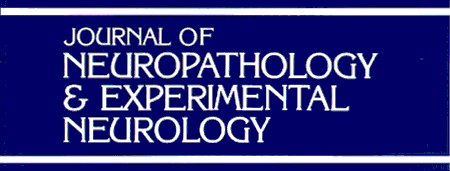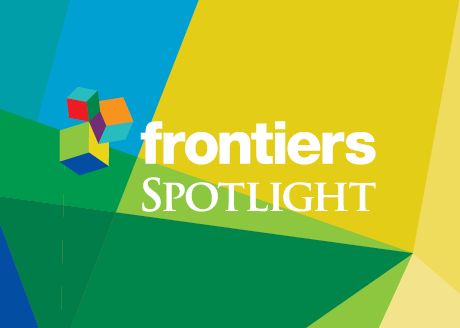
“Comprehensive literature reviews of historical perspectives and evidence supporting cannabis/cannabinoids in the treatment of pain, including migraine and headache, with associated neurobiological mechanisms of pain modulation have been well described.
Most of the existing literature reports on the cannabinoids Δ9 -tetrahydrocannabinol (THC) and cannabidiol (CBD), or cannabis in general. There are many cannabis strains that vary widely in the composition of cannabinoids, terpenes, flavonoids, and other compounds. These components work synergistically to produce wide variations in benefits, side effects, and strain characteristics. Knowledge of the individual medicinal properties of the cannabinoids, terpenes, and flavonoids is necessary to cross-breed strains to obtain optimal standardized synergistic compositions. This will enable targeting individual symptoms and/or diseases, including migraine, headache, and pain.
OBJECTIVE:
Review the medical literature for the use of cannabis/cannabinoids in the treatment of migraine, headache, facial pain, and other chronic pain syndromes, and for supporting evidence of a potential role in combatting the opioid epidemic. Review the medical literature involving major and minor cannabinoids, primary and secondary terpenes, and flavonoids that underlie the synergistic entourage effects of cannabis. Summarize the individual medicinal benefits of these substances, including analgesic and anti-inflammatory properties.
CONCLUSION:
There is accumulating evidence for various therapeutic benefits of cannabis/cannabinoids, especially in the treatment of pain, which may also apply to the treatment of migraine and headache. There is also supporting evidence that cannabis may assist in opioid detoxification and weaning, thus making it a potential weapon in battling the opioid epidemic. Cannabis science is a rapidly evolving medical sector and industry with increasingly regulated production standards. Further research is anticipated to optimize breeding of strain-specific synergistic ratios of cannabinoids, terpenes, and other phytochemicals for predictable user effects, characteristics, and improved symptom and disease-targeted therapies.”
https://www.ncbi.nlm.nih.gov/pubmed/30152161
 “Autism Spectrum Disorder (ASD) is characterized by persistent deficits in social communication, restricted and repetitive patterns of behavior, interests, or activities and often intellectual disabilities.
“Autism Spectrum Disorder (ASD) is characterized by persistent deficits in social communication, restricted and repetitive patterns of behavior, interests, or activities and often intellectual disabilities.







